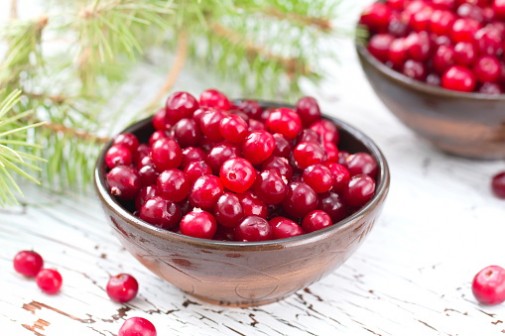The health benefits of cranberries
Canned, raw, dried, as a sauce or even as a drink – cranberries come in many different forms, and as the holidays approach, cranberries have become a dinnertime staple for many families.
Cranberries are often called a “superfruit” due to their high nutrient and antioxidant content. They also offer natural remedies for treating various health conditions.
Studies have found them to be effective in:
- Treating urinary tract infections
- Reducing the risk of cardiovascular disease
- Slowing tumor progression for prostate, liver, breast, ovarian and colon cancer patients
- Preventing bacteria from affecting dental health
Melodi Peters, a registered dietitian at Advocate Good Shepherd Hospital in Barrington, Ill., offers these facts about cranberries:
Cranberries are not as high in vitamin C as strawberries and blackberries, but their health benefits seem to be more in the area of infection prevention. For example, there are components in cranberries that seem to prevent bacteria from adhering to the urinary tract, stomach lining, teeth and gums and prevent bacteria from multiplying to the point of infection.
- Cranberries have been called “bounce berries” because they bounce when dropped if they are fresh.
- Cranberries are a cholesterol free, fat free and low sodium food and help maintain a healthy heart.
- One cup of cranberries contains about 50 calories. One cup of cranberry sauce contains about 400 calories.
“On average, Americans consume some 400 million pounds of cranberries a year, 20 percent during Thanksgiving week,” says Peters.



















Thanks, Melodi. As cranberries are tart and not really sweet, the challenge is to make them palatable without adding too much sugar. Unless you make cranberry sauce yourself, where you can control the sugar (as my dietitian wife does), it is probably better to avoid eating much of this elsewhere, especially the canned variety.